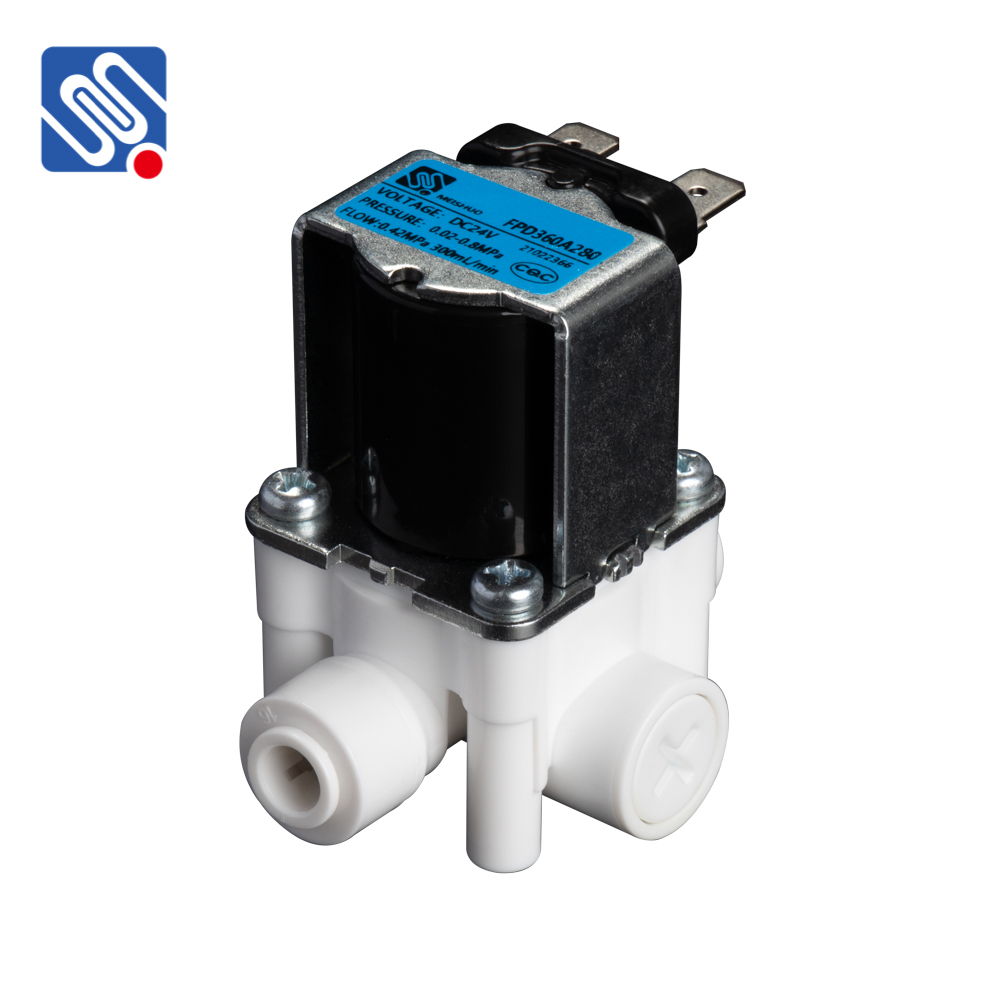A DC Solenoid Valve is a crucial component in many fluid control systems, offering precision, efficiency, and reliability. These valves operate using direct current (DC) to control the flow of liquids or gases through a system. With the growing demand for automation in various industries, the use of DC solenoid valves has become more widespread due to their ease of operation, low energy consumption, and quick response times. This article explores the fundamentals of DC solenoid valves, their key features, and their diverse applications.

What is a DC Solenoid Valve? A DC solenoid valve is a type of valve that uses an electromagnetic solenoid to control fluid flow. When direct current (DC) is applied to the solenoid coil, it creates a magnetic field, which in turn moves the valve’s core (also known as the plunger). The movement of the plunger either opens or closes the valve, controlling the flow of the fluid or gas. These valves can be designed to operate in either a normally open (NO) or normally closed (NC) position, depending on the specific requirements of the system. The key feature of a DC solenoid valve is its ability to operate efficiently with a DC power supply, which distinguishes it from AC solenoid valves. DC solenoid valves are typically used in systems where a direct current power source is available, offering precise control over fluid or gas flow in various applications.